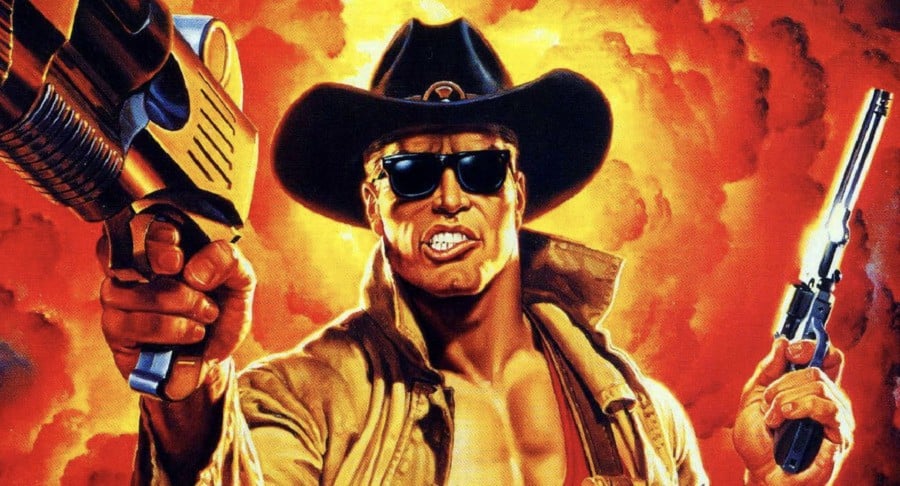
Cast your minds back to the late '90s. Duke Nukem fever has seemingly gripped gamers following the critically acclaimed Duke Nukem 3D, and no time has been wasted in rolling out a host of spin-offs and semi-sequels on the most popular gaming platforms of the period.
As noted in this excellent video by Taigen Moon, two of those games – 1998's Time to Kill and 1999's Zero Hour – basically have the same storyline. Both have a strong focus on time travel, which might lead you to assume they were the same project split between PS1 and N64.
However, neither game shared any staff – they were created by entirely different teams! North American studio n-Space handled Time to Kill, while British company Eurocom developed Zero Hour.
This wasn't totally unheard of back in the '90s (for example, Disney's Aladdin was wildly different depending on which system you happened to be playing it on), but Time Extension contributor and video game historian John Szczepaniak felt there was something more in it, so he reached out to William Beacham to find out.
Beacham, in case you didn't know, has credits such as Life is Strange, Just Cause 4, Sleeping Dogs and Batman: Arkham Asylum to his name, but he also worked on Duke Nukem 64 and Zero Hour (he's credited as a level designer on the former and both a level designer and game designer on the latter).
When quizzed by Szczepaniak on the origins of the two games and why they happen to share the same basic plot, Beacham replies:
My recollection is that we started development on 'Zero Hour' first, after we'd finished up 'Duke Nukem 64' (the port of the original game for the N64), and then n-Space were signed up afterwards to make a PlayStation game. Not a port of Zero Hour, but a different game using the same basic time-travel premise.
So there you have it. It seems that the narrative was pinned down for Zero Hour, then Time to Kill (which launched before Zero Hour, lest we forget) simply used the same setup, yet offered a totally different experience.
So much so that when Beacham got an early taste of n-Space's work prior to release, he was a little befuddled:
I do remember getting a work-in-progress build of their game at some point, which was the early city level, and I was really confused by it: I loved Tomb Raider (one of the reasons I ended up working for Eidos later on), but that wasn't what Duke was about in my mind.
We were focusing not on precision platforming puzzles and the like, but making what we hoped would feel like a 3rd person version of the original game in many ways: fast, violent, fun to explore for secrets, but not more than that.
They released first but (in our youthful bravado) we weren't too concerned about it and didn't pay that much attention to it after that first look at the code, we were too busy doing our own thing which we were sure was awesome.
As for his enduring memories of Zero Hour, Beacham says:
Looking back, there's so many things that I'd do differently: those giant levels with no checkpoints (we couldn't save the state of a whole level due to all the changes to its state) were SO punishing but we were OK with that, for our sins.
We did add in the magical infinite health fountains pretty late in the day after George Broussard got hands on with a build and rightly pointed out it was crazily difficult.
Fun fact: when I wrote the original GDD we called it "Duke Nukem 4D": it was coming after DN3D and was all about time travel, so it was obvious right? We were told by 3DR we couldn't call it that because players would get confused about the similarity in name to Duke Nukem Forever which at the time was due out real soon... Others may recall it differently of course.







